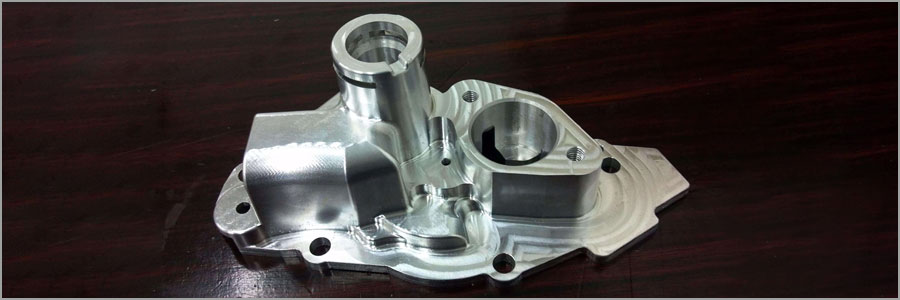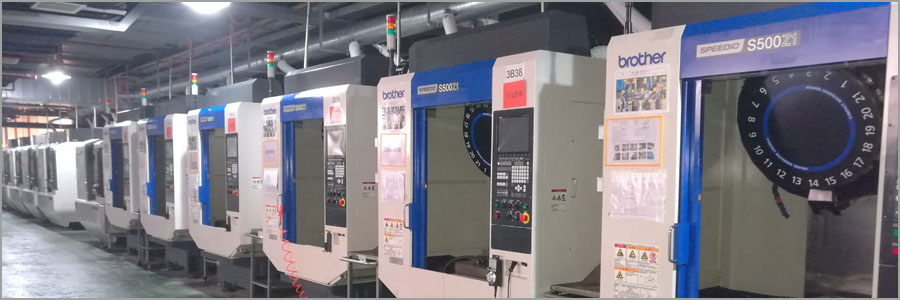Several difficulties of carbon steel precision machining - PTJ Manufacturing Shop
Carbon steel precision machining difficulties
| In the field of precision machining, carbon steel is widely used, such as rivets, bolts, chains, bolts, knives, molds, measuring tools, precision parts and so on. Carbon steel precision processing manufacturers must clearly distinguish the type and application of carbon steel, because different grades of materials have different characteristics, and the products that satisfy the user can be satisfied with the quality of the steel. The PTJ Manufacturing shop takes stock of the carbon steel grades and uses that are common on the market today, as well as the classification of carbon steel we often use. |
 The grade and use of carbon steel
The grade and use of carbon steel
1. Ordinary carbon steel: Carbon steel is divided into five grades according to the yield strength of steel: Q195, Q215, Q235, Q255, Q275. Each grade is divided into A, B, C, and D grades due to different quality. Q195, Q215, and Q235 have good plasticity and can be rolled into steel plates, steel bars, steel pipes, etc.; Q255, can be rolled steel, steel plates, etc.;
2, high-quality carbon structural steel: steel number is expressed in terms of the average mass of carbon. Such as 20#, 45# and so on. 20# means C: 0.20% (20 parts per million). Uses: mainly used in the manufacture of various machine parts;
3. Carbon tool steel: The steel number is expressed in terms of the average mass of carbon, and is preceded by T. Such as T9, T12 and so on. Indicates that C: 0.9% (9 per thousand). Uses: mainly used in the manufacture of various tools, measuring tools, molds, etc.; 4, cast steel: cast steel grade is in front of the number with ZG, the number represents the average mass fraction of steel (expressed in 10,000 points). For example, ZG25 means C: 0.25%. Uses: Mainly used to manufacture parts with complex shapes and requiring certain strength, plasticity and toughness, such as gears, couplings, etc.
The classification of carbon steel
1, according to the quality of steel (mainly impurities such as sulfur, phosphorus and other factors):
Ordinary carbon steel (S ≤ 0.055%, P8 ≤ 0.045%)
High quality carbon steel (S ≤ 0.040%, P ≤ 0.040%)
High quality carbon steel (S≤0.030%, P≤0.035%)
2. According to the percentage of carbon content:
Low carbon steel (C: ≤0.25%) is also called mild steel. Low carbon steel is easy to accept various processing such as forging, welding and cutting. It is commonly used in the manufacture of chains, rivets, bolts, shafts, etc.
Medium carbon steel (C: 0.25% < C ≤ 0.6%) has a variety of products such as killed steel, semi-killed steel, boiling steel. In addition to carbon, it may contain a small amount of manganese (0.70% to 1.20%). Divided into ordinary carbon structural steel and high quality carbon structural steel according to product quality. Good thermal processing and cutting performance, poor welding performance. Strength and hardness are higher than low carbon steel, and plasticity and toughness are lower than low carbon steel. The hot rolled material and the cold drawn material may be directly used without heat treatment, and may be used after heat treatment. The medium carbon steel after quenching and tempering has good comprehensive mechanical properties. The highest hardness that can be achieved is about HB538, and the tensile strength σb is 600 to 1100 MPa. Therefore, medium carbon steel is the most widely used in various applications at medium strength levels. In addition to being used as building materials, it is also used in the manufacture of various mechanical parts.
High carbon steel (C: >0.6%) is often called tool steel, carbon content from more than 0.60% to 1.70%, can be hardened and tempered. Hammers, crowbars, etc. are made of steel having a carbon content of 0.75%; cutting tools such as drills, wire taps, reamers, etc. are made of steel having a carbon content of 0.90% to 1.00%.
The higher the carbon content, the greater the hardness and strength, but the plasticity is reduced (in addition, the carbon content is 2.1% to 4.5%. The iron-carbon alloy is generally called cast iron.)
According to the purpose
Carbon structural steel: mainly used for bridges, ships, building components, machine parts, etc.;
Carbon tool steel: mainly used for cutting tools, molds, measuring tools, etc.
Whether it is product research or product processing, different grades of steel should choose the corresponding processing technology, the right to sit in order to let users rest assured, PTJ strictly in accordance with user needs for high-precision processing of carbon steel, products cover a variety of industries and fields And has many types of high-precision cnc cnc machining equipment (mainly including CNC lathes, milling machines, machining centers, CNC walking machines, cutting machines, turning and milling composite machining centers, etc.), with complete product support services and complete Solution service users.
|
PTJ Machining Capabilities |
|
Automatic Bar Machining – Multi-spindle cam automatic screw machines CNC Turning – CNC delivers peak cost efficiency in shorter volumes, as well as high capacity production of mechanically simple components Custom Machining - with up to 12 axes of control Multi Spindle Machining- ISO 9001:2015 certified Screw Machine Products – The number of customized production parts per hour can reach 10000pcs Swiss Machining – with up to 9 axes of CNC control, to produce precision components with complex geometries in one operation High Volume Machining – 100 Advanced Production Turning Bar Automatics On-line and Ready CNC Milling - Machining Fully compliant with the exacting requirements of our customers 5 axis (11 axis) Machining – Tolerance | 0.1mm alignment |
What Can we help you do next?
∇ Get more information about Cnc Machining Shop
→Case study-Find out what we have done.
→Ralated tips about cnc machining services
By PTJ Manufacturing Shop|Categories: Blog|Tags: cnc milling services, cnc turning services, milling parts, turning parts, machining parts, special parts,faqs,technical news,company news,material news |Comments Off
